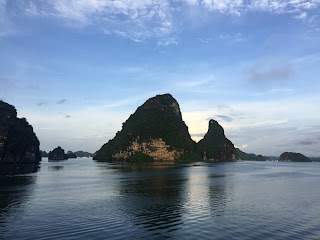Final presentation commentary:
- TwoPoints Studio in Barcelona emphasised the fact that the final presentation is just as important as the final design
- mock ups need to look professional and this will help others to understand the design concept and potentially appreciate it more
- the images (top to bottom) show my progression throughout the year, quite significant
- I would like to learn how to draw up my own templates on AdobePhotoshop for future projects
- I wish I had joined the ski society
- had the guts to complain to my family that I missed skiing this year, but I didn't do anything about it
- I have researched and I can join Leeds Union Snowriders next year
- will allow me to have the opportunity to race or freestyle as part of a team
- will be fun to meet a new group of people and go on the ski trips each year
- important to have a hobby that I am equally as passionate about outside from Graphics, keeps me energised and feeling inspired
- finding independent coffee shops
- minor passion, maybe even a profession
- they are the place that I am most productive
- research has shown that the level of noise in a coffee shop can make people more productive
- I work better in an environment where other people are socialising, being creative or also working
- I am the go to person for recommendations when friends have their families in Leeds
- very involved in the art scene, attending opening evenings, exhibitions and various galleries
- allowed me to talk to other creative people that i may never have been confident to in the past
- makes me feel motivated and creatively inspired
- allows me to question deeply into the concepts and questions why certain decisions have been made, helping me to improve on the complexity of the own concepts that I develop for studio work
- allows me to socialise with other students from the different course at uni, opening up opportunities for collaboration and just generally opening my ind to look at things in different ways
- a weakness I have found is that I do not let much of what I have seen inform my design decisions, something I would like to continue to focus on ensuring
- studio visits
- remind me of why I am doing the degree
- inspiring to hear about the journey that is taken to get to the final outcomes
- being able to ask questions is helpful
- the choices of printing methods and paper stock was something I do not have much knowledge on, so was interesting to hear about that creative decision process
- writing is something that causes me to procrastinate a lot
- I much prefer designing and find it hard to constantly blog about all of my decisions
- I have learnt to use the Pomodoro technique which allows for short bursts of intense concentration
- less time wasted and better quality work is produced
- the saved time means I get more time to explore new places
- I can concentrate more time on personal projects
- develop and publish the pattern photography that I have began as a visual inspiration bank
- work on the publicity of the illustration that shows the creative adventures I go on and the places I consider to be good inspiration
- travelling more is my ambition
- I have booked to spend a month in Vietnam over the summer
- new experiences, new cultures, new memories, new inspirations
- would like to video the experience as it captures more of what I would be experiencing than photos
- visiting professionals have proven to be my main source of inspiration and motivation
- their passion is something that I want to feel as I progress in the creative industry
- it has become very apparent that graphic design needs to be made part of my everyday life
- it is passion that will lead to good work as you will be more experimental and adventurous
Evaluation:
Rather than worrying that the gallery visits are not informing my work enough, I was advised that it will just happen naturally as I will just feel generally more creative and motivated. It is not something that can be forced as not everything I will see will be relevant at that moment in time, but it is likely that it will act as inspiration in later projects.
To improve on the presentation I need to include more of my own work as part of my learning journey. This would have helped to support some of the things that I was saying, showing where the inspirations had been applied to my own design work could have been beneficial to my own reflection and also to those I was presenting to, helping them to visually understand what I was explaining.
A positive comment made about my presentation was that it demonstrated a high level of reflection along with solutions as to how I have acted upon the thing I have noticed to be obstacles or challenges along the way.































